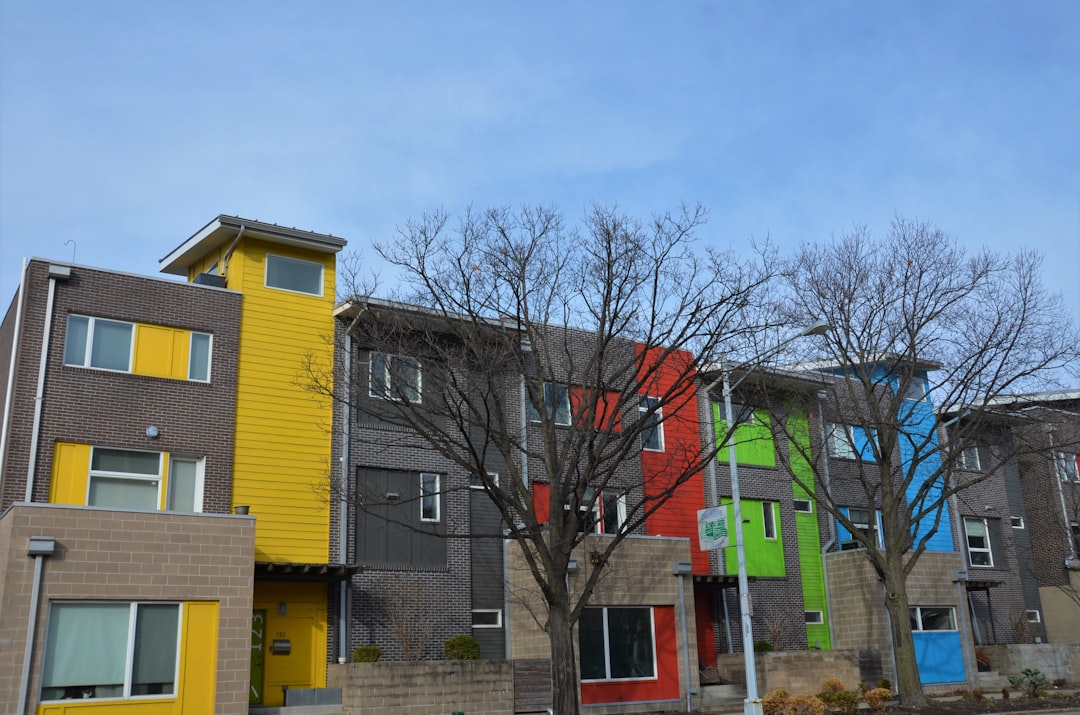
The term smart neighborhood builders once sounded futuristic. Today it is the standard badge of forward-thinking residential contractors who weave connectivity, energy efficiency, and on-demand homeowner services directly into the streets they pave and the walls they raise. At CountBricks, we partner with builders who lead this movement by giving them instant data, accurate costs, and seamless collaboration—exactly what it takes to turn a traditional subdivision into a smart neighborhood.
• High-performance homes equipped with IoT sensors for climate, lighting, and security
• Shared renewable energy assets such as micro-grids and community solar roofs
• Integrated EV charging infrastructure in garages and common areas
• Walkable layouts that blend green space, mixed-use amenities, and last-mile delivery hubs
• Data-driven maintenance schedules coordinated between residents and builders
Each element calls for precise specification control and airtight budgeting. That is where CountBricks.com/services enters the scene.
Instead of juggling spreadsheets on the jobsite, builders open the CountBricks conversation engine. Speak a phrase such as, “Add two hundred feet of underground conduit with fiber conduits,” and watch a fully costed line item appear instantly. Our AI references live labor rates, regional code requirements, and supplier catalogs.
Upload a PDF or CAD file to CountBricks.com/blueprint-takeoff and receive a room-by-room material list in minutes. Smart neighborhood builders save days of manual counts, freeing teams to focus on value-engineering solar arrays, battery storage, or smart HVAC placements.
Smart tech often means specialized hardware—smart panels, high-SEER heat pumps, CAT-6 cabling. CountBricks syncs with thousands of distributors every hour. Your estimate always reflects the latest market price, protecting margins even when copper or lithium spikes.
Instantly generate a polished proposal branded with your logo and a QR code that links clients to interactive 3D floor plans. The quote pulls all tasks, allowances, and exclusions directly from your live estimate, eliminating transcription errors.
1. Benchmark current projects for energy use, connectivity, and shared amenities.
2. Select a pilot phase—one cul-de-sac or a pocket neighborhood—to implement smart standards.
3. Integrate CountBricks voice estimating and AI takeoffs to control costs from day one.
4. Partner with technology vendors for solar, battery, and IoT packages. Feed SKUs into your CountBricks material library.
5. Monitor post-occupancy data and refine specs before scaling to the entire subdivision.
• Start every design charrette with a live CountBricks estimate on screen so architects see cost impact in real time.
• Leverage bulk-buy dashboards inside CountBricks to negotiate smart thermostat pricing across multiple lots.
• Use project-level carbon tracking (built into every CountBricks job file) to qualify for green financing incentives.
• Share homeowner user manuals via the CountBricks client portal to reduce warranty calls.
• Schedule quarterly refreshes of your material catalog to capture new IoT devices and energy products.
CountBricks collaborated with Horizon Homes to build “CountVille,” a 48-unit neighborhood featuring shared solar arrays, Level-2 EV chargers, and app-controlled home systems. By using CountBricks AI takeoffs, Horizon reduced pre-construction time by 42 %. Real-time material updates saved an additional \$78,000 when copper prices rose mid-build. Homebuyers now monitor energy use through an integrated dashboard, while Horizon monitors warranty KPIs through the same CountBricks portal.
The next wave of smart neighborhoods will bundle community energy storage, autonomous delivery zones, and 5G mesh networking. CountBricks is already training its AI on these scopes so builders can estimate emerging line items—think drone landing pads or bidirectional chargers—before they become industry standard. Visit CountBricks.com/consultation to see a live demo tailored to your next neighborhood.
Smart neighborhood builders need more than good intentions—they need data, speed, and adaptability. CountBricks provides all three in one streamlined platform. Whether you are installing the first gateway sensor or mapping an entire micro-grid, CountBricks keeps your estimate, schedule, and budget as interconnected as the homes you build.

Traditional subdivisions rely on well-worn scopes: framing, plumbing, electrical, finish. Smart neighborhoods add layers of complexity—battery integrators, data cabling specialists, solar installers, and EV infrastructure contractors. Coordination determines profitability. CountBricks streamlines this alignment in three decisive ways.
Invite each trade to a controlled workspace within your master estimate. Electricians can adjust conduit runs for solar interconnects, while HVAC subcontractors add duct sensors—all without overwriting one another’s numbers. Every change logs a time-stamped note for transparent accountability.
CountBricks lets you tag items by trade. When smart neighborhood builders procure Level-2 chargers, the platform alerts both electrical and site-work teams about trenching and load calculations, reducing RFI traffic by up to 30 % on pilot projects.
Because our AI knows the duration of each task, it automatically flags clashes—like solar panel installation scheduled before roof sheathing. Adjust the timeline with a drag or a voice command, and the entire Gantt chart updates instantly.
A CountBricks client added garage EV chargers to 60 homes after ground had broken. Using our voice estimating tool, the PM inserted new feeder runs and load-center upgrades in under 25 minutes. Material delta and labor impacts were pushed to every subcontractor’s mobile dashboard the same afternoon, preventing costly rework.
1. Map your current project stages to CountBricks modules—estimating, scheduling, procurement, and client turnover.
2. Upload one smart-home device catalog to seed your AI material library.
3. Book a CountBricks onboarding call at CountBricks.com/consultation to configure trade workspaces.
4. Launch a pilot estimate and invite two key subcontractors to collaborate in real time.
5. Review cost variance reports weekly to measure the ROI of smarter coordination.
Smart neighborhood builders win projects because they promise residents a connected lifestyle. They keep winning when costs stay predictable and schedules stay firm. CountBricks delivers that competitive edge—job after job, neighborhood after neighborhood.